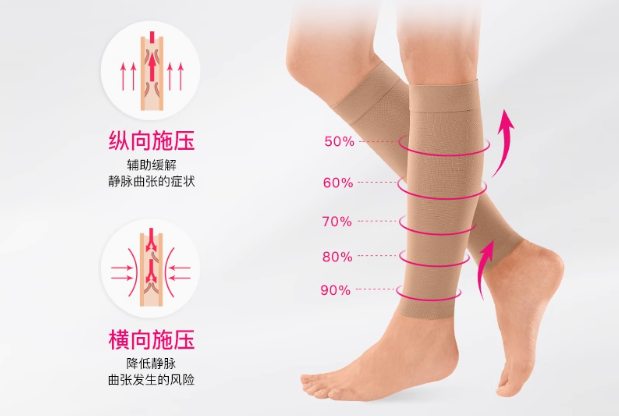Toddlers are always on the move, curious to explore. But slippery floors can lead to falls and tears, making those first steps anxiety-ridden for parents and kids alike.
Grip socks give toddlers the traction they need to safely learn to walk. They provide stability, prevent slips, and enhance confidence, making each step a little easier and a lot safer.
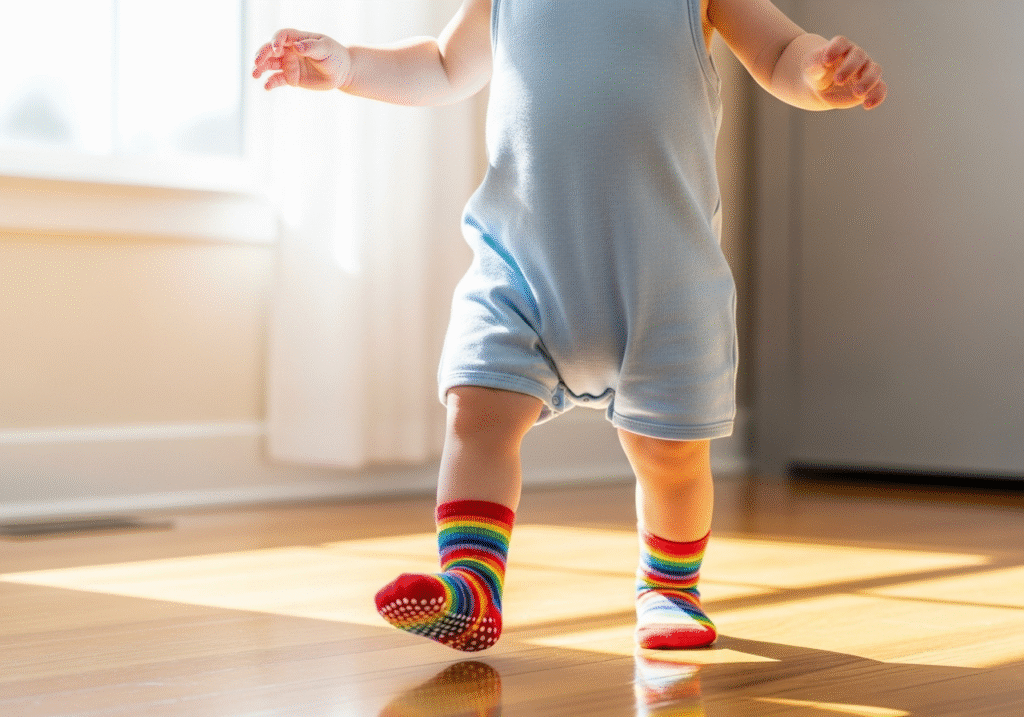
Watching my child take those first steps was thrilling, but I worried every time she wobbled. Grip socks quickly became essential for helping her explore with stability. Let’s dive into why they’re a must-have for little ones.
Do Toddlers Need Grip Socks?
Bare feet can slide uncontrollably on smooth surfaces. Socks without traction don’t help much either while those tiny feet try to balance.
Yes, toddlers need grip socks. They reduce slips, support balance, and protect delicate feet. Grip socks enable them to explore confidently both indoors and on slick surfaces.
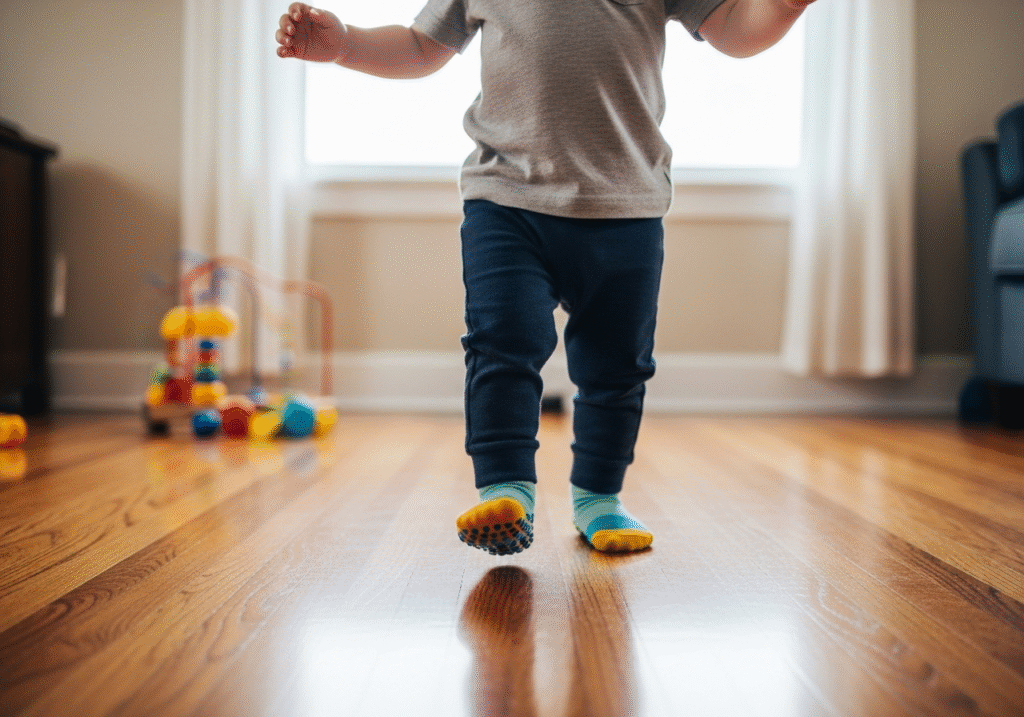
Grip socks change the game for new walkers. The rubber grips on the soles mimic a barefoot feel, while giving protection and traction. They shield your child from cold floors, little bumps, and accidental slips. They also help toddlers develop balance by giving their feet more stability on varied surfaces.
| Need for Grip Socks | Benefit | Suitable For |
|---|---|---|
| Reduced slippage | Better traction on floors | Indoors |
| Protection | Safe barrier on cold or hot surfaces | All day |
| Balance aid | Helps steady early steps | Learning to walk |
Are Grip Socks Good for Walking?
Many parents choose regular socks or bare feet, but grip socks can change how toddlers navigate their space.
Grip socks are perfect for walking because they provide non-slip traction and steadier footing, helping toddlers gain confidence on smooth or slippery floors.
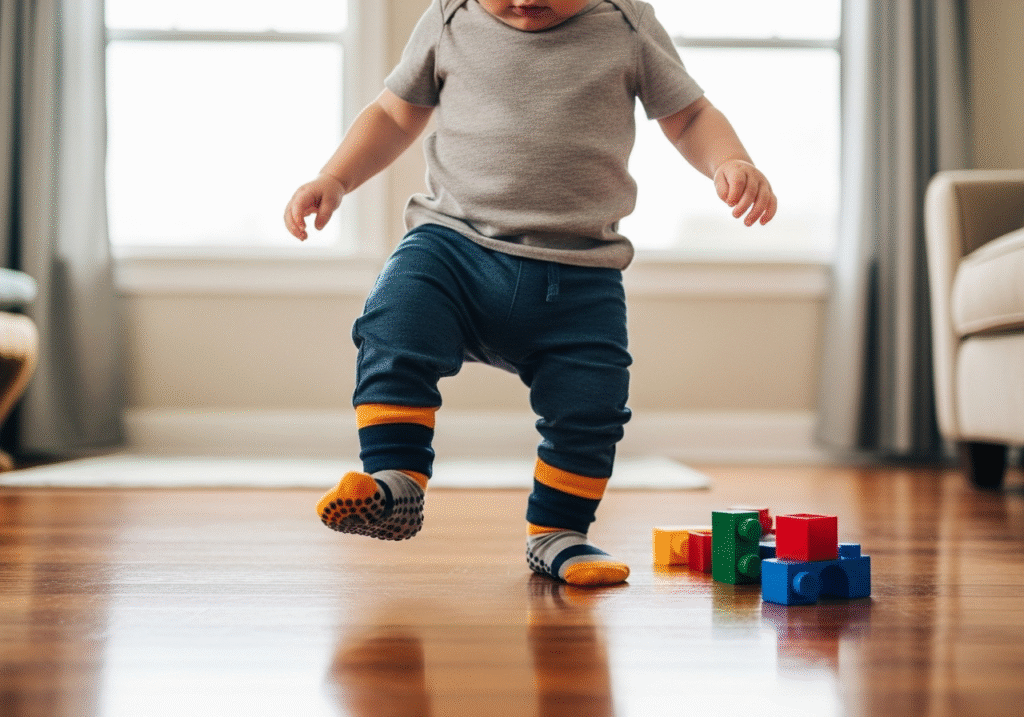
When my toddler wears grip socks, she can bravely go from carpet to tile without missing a beat. The textured soles offer necessary grip on hardwood and tile, ensuring she doesn’t skid or fall. This confidence helps her progress from standing to walking much more comfortably. They offer the perfect mix of protection and support without binding the foot like some shoes do.
| Feature | Regular Socks | Grip Socks |
|---|---|---|
| Slip resistance | Low | High |
| Versatility | Limited | All surfaces |
| Foot flexibility | Medium | High |
Do Grip Socks Actually Make a Difference?
Parents might wonder if investing in grip socks truly affects a toddler's walking journey.
Yes, grip socks make a significant difference by enhancing traction, reducing falls, and boosting confidence, which are crucial for toddlers beginning to walk.
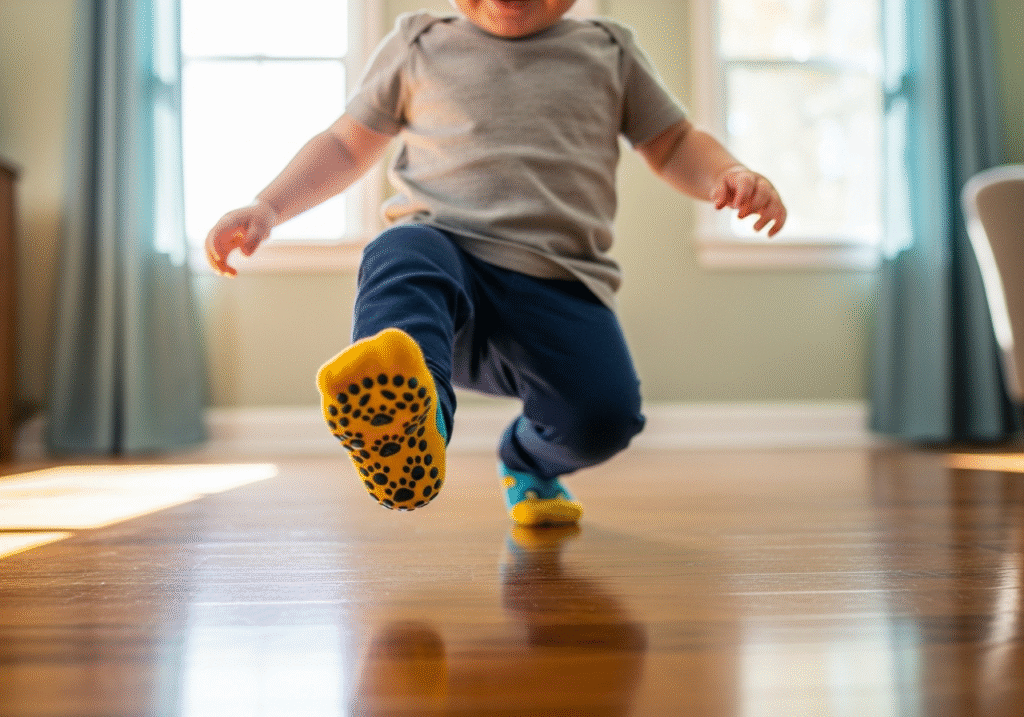
Grip socks are more than just cute—they offer function that impacts your child’s development. My daughter fell less often and was more eager to explore when she wore them. The confidence she gained transferred to her overall attitude toward physical activity. Teachers and pediatricians often recommend them because preventing falls1 early builds trust in their own growing abilities.
| Impact | Without Grip Socks | With Grip Socks |
|---|---|---|
| Fall frequency | Higher | Reduced |
| Exploration comfort | Limited | Improved |
| Confidence levels | Lower | Increased |
What Is the Science Behind Grip Socks?
Understanding how grip socks work can explain their importance for toddlers’ development.
The science of grip socks lies in the design of non-slip soles that stabilize the foot, enhancing surface grip and sensory feedback. This aids the development of balance and coordination in toddlers.
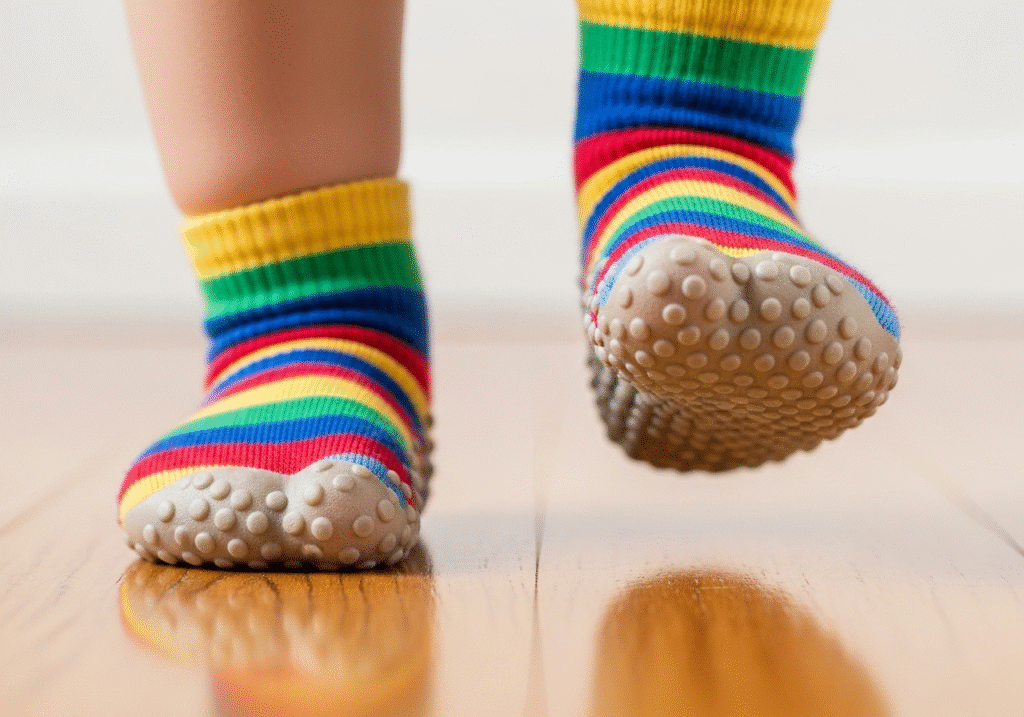
Grip socks mimic a barefoot experience, which is vital for sensory feedback1. The textured surface allows toddlers to feel the floor's texture and adjust their posture and steps. This sensory input is crucial for developing motor skills2. The grip provides traction and stability, allowing toddlers to confidently engage in movements essential for growth, like running or jumping.
| Scientific Aspect | Regular Socks | Grip Socks |
|---|---|---|
| Sensory feedback | Limited | Enhanced |
| Traction and stability | Lower | Higher |
| Motor skill support | Less effective | Strongly supported |
Conclusion
Grip socks are essential for toddlers learning to walk, providing traction, protection, and boosting confidence—making each step safer and more assured.
